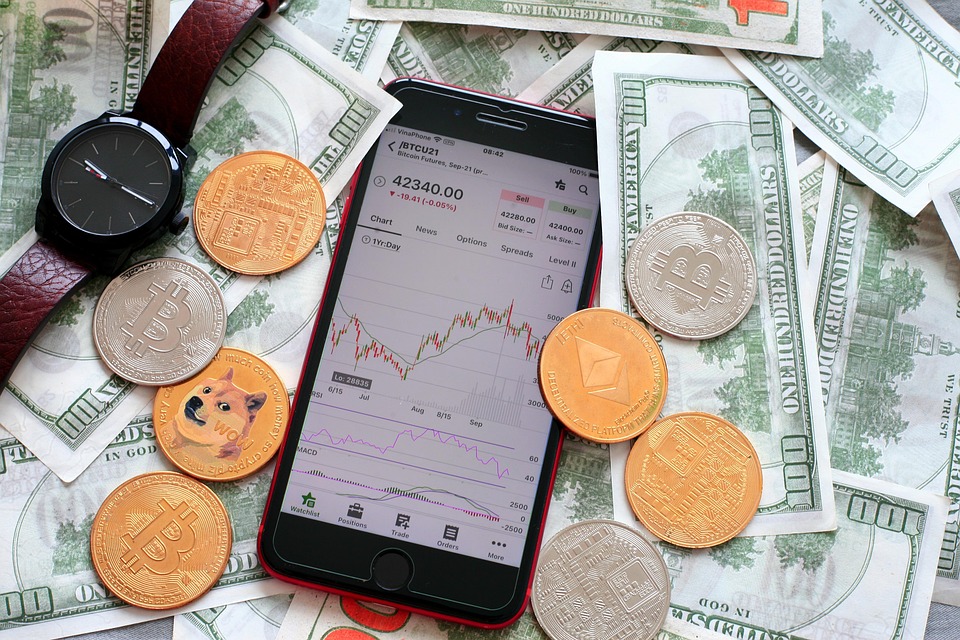Exploring the Fees and Costs Associated with Investment Trading Accounts
Investing in the stock market can be an exciting and potentially lucrative endeavor. However, before diving into the world of trading, it is crucial to understand the various fees and costs associated with investment trading accounts. These expenses can significantly impact your overall returns, and being informed can help you make better financial decisions.
Types of Fees in Investment Trading Accounts
Investment trading accounts come with a variety of fees that can vary widely depending on the brokerage firm and the type of account you choose. Here are some common types of fees you may encounter:
1. Commissions
Commissions are fees charged by brokerage firms for executing trades on your behalf. Traditionally, these fees were a significant part of trading costs, but many brokerages have moved to a commission-free model for stocks and exchange-traded funds (ETFs). However, it’s essential to read the fine print, as some firms may still charge commissions for options trading or other specific transactions.
2. Account Maintenance Fees
Some brokerages charge account maintenance fees, which are typically annual or monthly fees for maintaining your trading account. These fees can vary based on the type of account you have and the services provided. Many firms waive these fees if you maintain a minimum balance or meet specific trading activity requirements.
3. Inactivity Fees
Inactivity fees are charged by some brokerages if you do not execute a certain number of trades within a specified period. This fee is designed to encourage active trading, but it can be a burden for long-term investors who prefer a buy-and-hold strategy. Always check the terms of your brokerage to understand their inactivity policy.
4. Margin Fees
If you trade on margin, you are borrowing money from your brokerage to purchase securities. While this can amplify your potential returns, it also comes with costs. Margin fees, or interest on the borrowed amount, can add up quickly, especially if you hold positions for an extended period. Understanding the margin rates and how they affect your overall investment strategy is crucial.
5. Fund Expense Ratios
If you invest in mutual funds or ETFs, you will encounter expense ratios, which represent the annual fees charged by the fund for managing your investment. These fees cover administrative costs, management fees, and other expenses. While they may seem small, they can significantly impact your returns over time, especially in actively managed funds.
6. Withdrawal and Transfer Fees
Some brokerages charge fees for withdrawing funds or transferring your account to another firm. These fees can vary widely, so it’s essential to understand the costs associated with moving your money, especially if you plan to switch brokerages in the future.
Understanding the Total Cost of Trading
When evaluating the costs associated with investment trading accounts, it’s essential to consider the total cost of trading, which includes all the fees mentioned above. A low commission rate may seem attractive, but if the brokerage charges high account maintenance or inactivity fees, the overall cost could be higher than a firm with slightly higher commissions but no additional fees.
Choosing the Right Brokerage
When selecting a brokerage, it’s vital to compare the fees and services offered by different firms. Look for a brokerage that aligns with your trading style and investment goals. Consider factors such as commission rates, account maintenance fees, and the availability of research and educational resources.
Conclusion
Understanding the fees and costs associated with investment trading accounts is crucial for any investor. By being aware of the various charges and how they can impact your returns, you can make informed decisions that align with your financial goals. Take the time to research and compare different brokerages to find the one that best suits your needs, ensuring that you can focus on growing your investments without being blindsided by unexpected costs.




